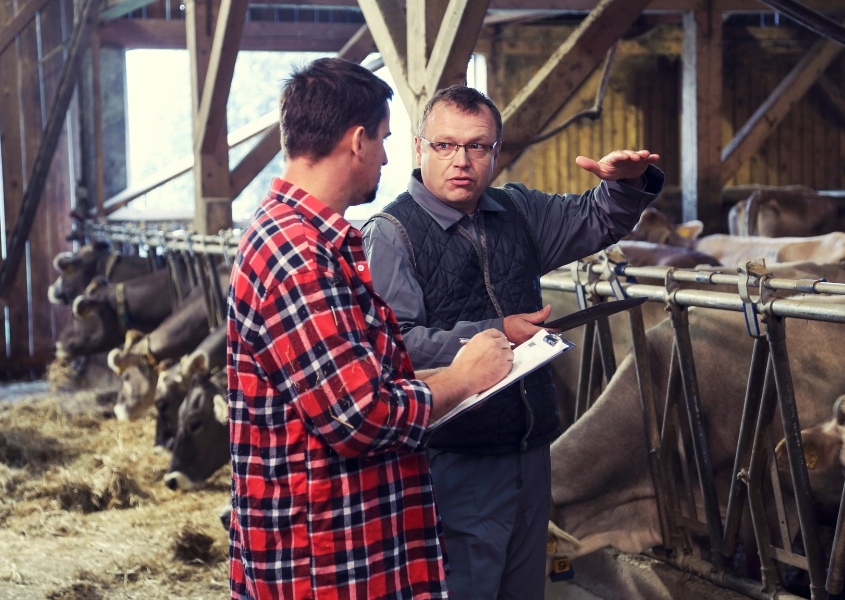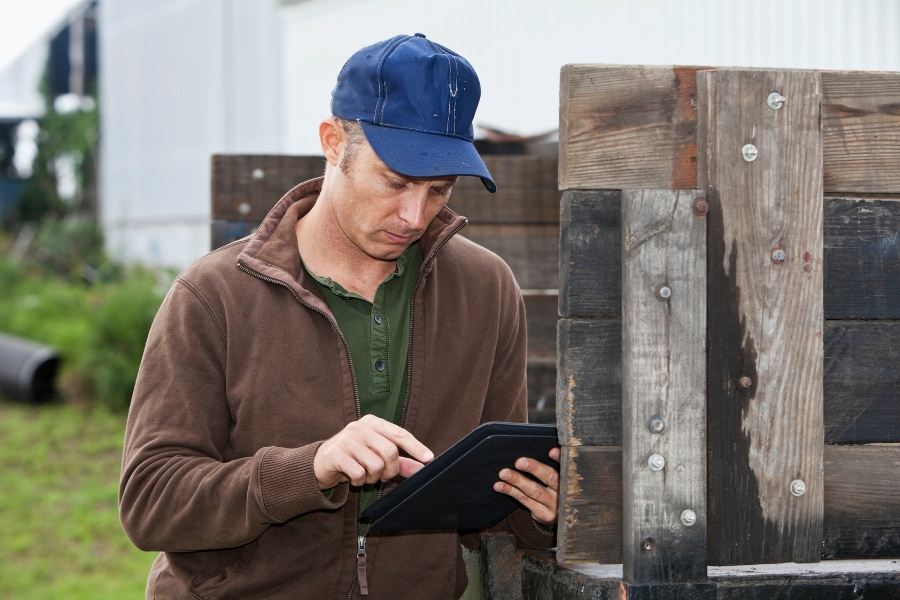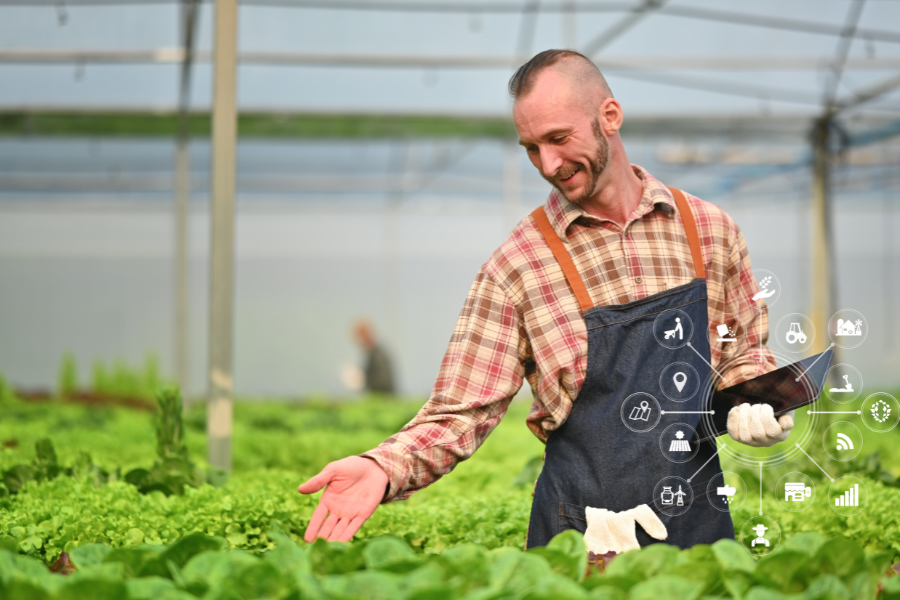Running a farm goes beyond traditional skills—it’s about effective leadership and strategic management. As the industry faces challenges like unpredictable markets and labour shortages, how are you adapting? The farmers who thrive embrace modern farm management tools, from precision agriculture to cloud-based software, and empower their teams through strong leadership.
Lead with Purpose toward Modern Farm Management
Good leadership isn’t about giving orders—it’s about inspiring commitment. Create an environment where your team feels valued and supported. Regular feedback sessions, clear communication, and shared goals encourage a sense of ownership and accountability. Consider daily briefings to align everyone with farm priorities and foster problem-solving before challenges escalate.
Additionally, resilience is a hallmark of effective leadership. Whether it’s a tough market shift or an unexpected machinery breakdown, staying focused helps keep your team calm and resourceful under pressure.
Manage Smarter, Not Harder
Farm management has grown increasingly complex, making the integration of digital tools crucial. Do you regularly monitor track input costs, yields, and labour expenses? Streamlining operations with right tools can help you make more informed decisions, save costs, and reduce manual errors. Think of farm management systems as tools that allow you to work smarter, rather than harder, by consolidating critical data in one place.
Empower Your Workforce
A productive farm starts with a motivated workforce. Are your workers engaged and clear on their roles? Foster a sense of belonging through open communication and clear task management. Defined responsibilities, along with weekly check-ins, ensure that your team stays focused and knows exactly what’s expected of them.
Another key aspect is empowering your team to embrace change. As technology evolves, successful farm leaders invest in training staff to understand and use new tools effectively. Building your team’s confidence in technology increases productivity and enhances overall farm efficiency.
Achieve Balance Between Profit and Well-Being
While increasing farm profitability is vital, sustainability also depends on balancing productivity with the well-being of both the land and the people who work it. Take steps to avoid burnout by delegating responsibilities and leveraging technology to reduce manual labour. Ensuring that both you and your team maintain a healthy work-life balance is critical for long-term success.

Four (4) Leadership Tips for Modern Farm Management
- Set Leadership Goals: Schedule quarterly workshops that focus on key areas like communication, conflict resolution, and team motivation. Use surveys or one-on-one feedback from your team to measure progress. Measure success through team feedback and farm performance metrics.
- Implement Weekly Structured Briefings: Hold structured 30 to 60-minute weekly meetings to set weekly objectives and review potential issues. Use this time to empower team members by rotating leadership roles during these briefings. Encourage open feedback for any process improvements.
- Foster Skill Development: Invest in continuous learning for yourself and your team. Enroll in relevant courses through Enable Ag’s Learning Portal to upskill in areas like creation of simple systems, farm technology, and leadership. Tailor these learning paths to match your farm’s goals, ensuring your team is equipped to handle new tools or challenges. Implement hands-on workshops or mentoring programs to reinforce learning on the job. Regularly assess progress and encourage cross-training to ensure team flexibility and preparedness for diverse farm tasks.
- Delegate and Monitor Effectively: Adopt task management platforms like Trello, Asana or Smartsheet to assign tasks with clear deadlines and accountability. Review weekly reports on task completion, and use performance dashboards to identify bottlenecks or workflow inefficiencies.
Farm success hinges on more than just traditional skills; it requires strong leadership and efficient management. By embracing modern tools, empowering your workforce, and balancing productivity with well-being, you can ensure long-term success for your farm. Curious about how you can elevate your leadership and management practices? Get in touch with Enable Ag to explore the free resources that will help you thrive, or schedule a personalised guidance to transform your farm operations and lead your team to success.
If you found this article helpful, share it with your network to help others unlock their farming potential. Don’t forget to like and follow us on social media for more insightful tips: Facebook, Instagram, and LinkedIn. Let’s empower more farmers together!

 Enable Ag
Enable Ag Enable Ag
Enable Ag
 Enable Ag
Enable Ag

